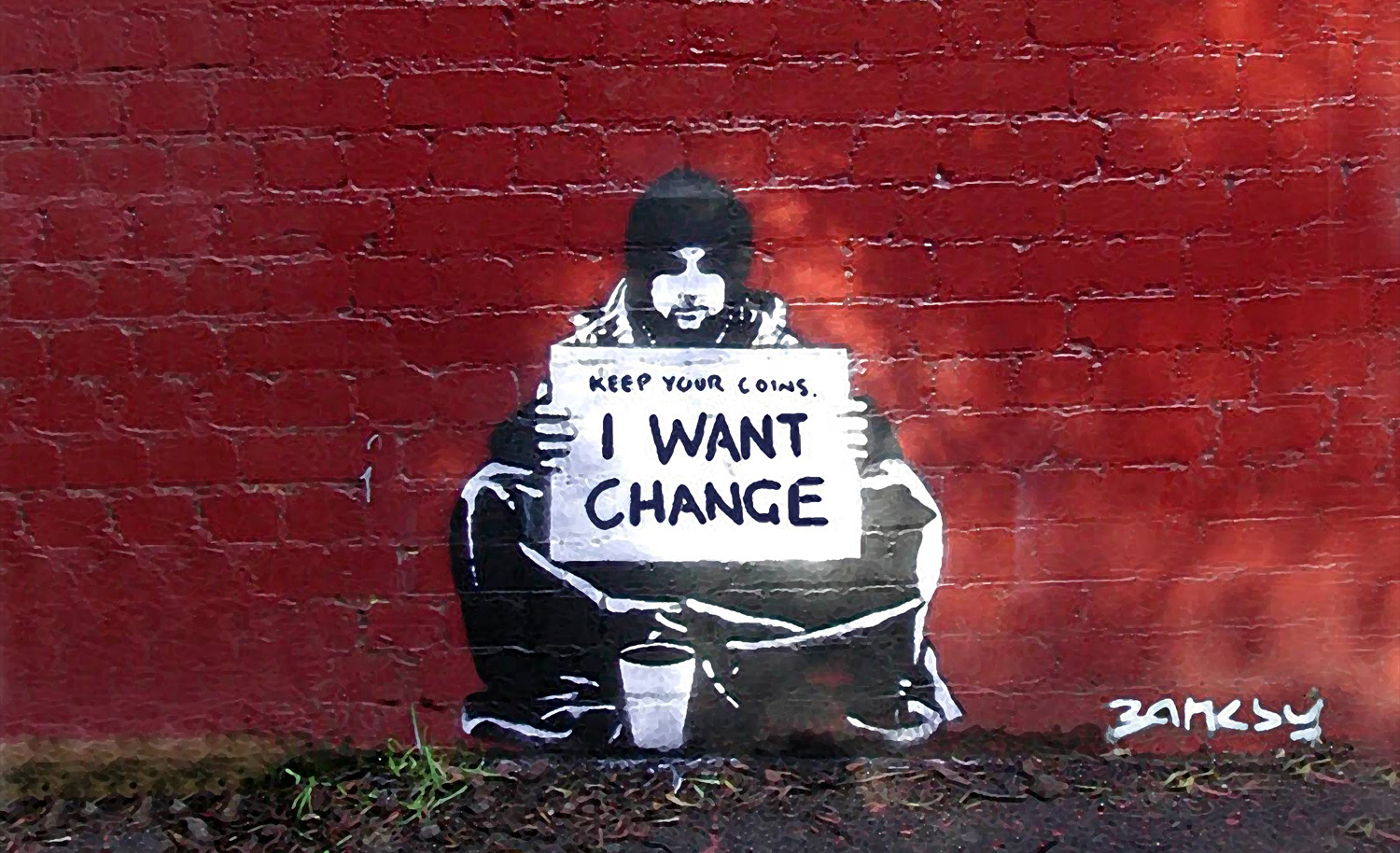If you were to revisit the early stages of postmodern art, the movements often associated with this shift of command are Dadaism, Avant Garde and Situationism. These three examples concluded that traditional art had to be reinvented, and thus a postmodern display of creative activism ensued throughout the twentieth century. Due to the artistic nature of these groupings, their methods of campaigning predominantly involved the détournement of imagery, i.e. hijacking, disfiguring or reinventing previous artworks. An extremely famous example of one piece of work involved Marcel Duchamp overlaying a drawing of a moustache on top of a copy of the Mona Lisa (Debord and Wolman, 1956). In this case, the original artwork appears trivialised and accurately represents the artist’s rejection of traditional artistic conventions. An interesting feature of détournement, as suggested by Debord and Wolman (1956), is that it is “less effective the more it approaches a rational reply”. Therefore, this alludes to the notion that artworks utilising détournement should somewhat not make sense, leaving their contextual meanings open to a plethora of different interpretations.
In attempting to understand the topic of détournement, I photographed an image to create my own ‘hijacked’ piece of imagery.
Original image
Détournement
The image featured depicts the entrance to a set of public toilets that have been previously in use in Greenwich since the early 1900s (this is an estimate based on their appearance and similarity to other buildings in the area). The facilities have been closed since the beginning of the Coronavirus pandemic in 2020 and have hence deteriorated largely in appearance. In an attempt to represent the passing of time, neglect caused by the pandemic and the disregard for old, previously well-maintained buildings, I combined the image taken by myself with a similar image found online (Martin Bumpsteed, 2018). The overlaying of the more recent image over the older one aims to represent the progression of neglect caused during the pandemic. Moreover, adding an ‘Out of Order’ sign and a Covid-19 warning label contribute as artefacts of a recent societal shift from pre-pandemic into post-pandemic life. When disregarding the contextual matter of this image, I believe it still appears evocative and melancholic, an architectural relic, lost and forgotten by time.
It is often suggested that détournement wishes to move beyond a sense of citation, or reference to previous works, thus removing any sense of a previous identity (Debord and Wolman, 1956). When referencing my own example, in terms of imagery, it could be said that the building’s entrance itself has lost all previous identity. The signage is outdated and unused; the building’s history and purpose has been metaphorically and physically locked away. A lack of human intervention depicted through this imagery allows a viewer to interpret the current state of the building behind the image for themselves. Ultimately, the reconstruction attempts to reinforce our human inability to predict the future and read through the unknown. For it is not clear whether this building remains neglected, or if it continues to be left behind on the journey towards post-pandemic life.
References
Bumpsteed, M. (2018) Public Toilets King William Walk SE10 Greenwich London. Available at: https://www.toiletsoftheworld.co.uk/2018/06/public-toilets-king-william-walk-se10.html (Accessed: 19 October 2021).
Debord, G. and Wolman, G. J. (1956) A User’s Guide to Détournement. Available at: http://www.bopsecrets.org/SI/detourn.htm#1. (Accessed: 19 October 2021).

